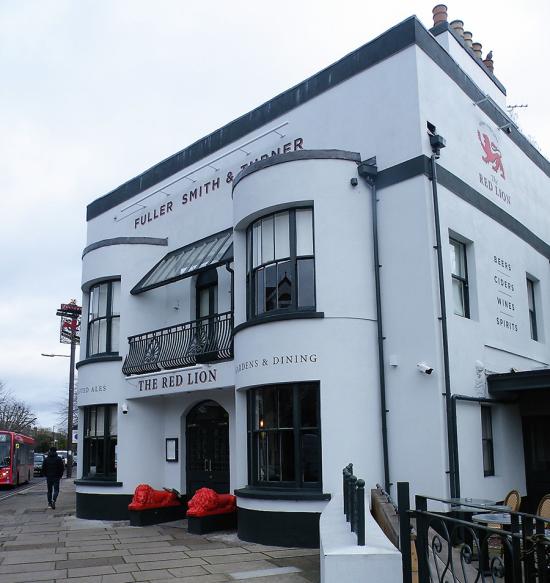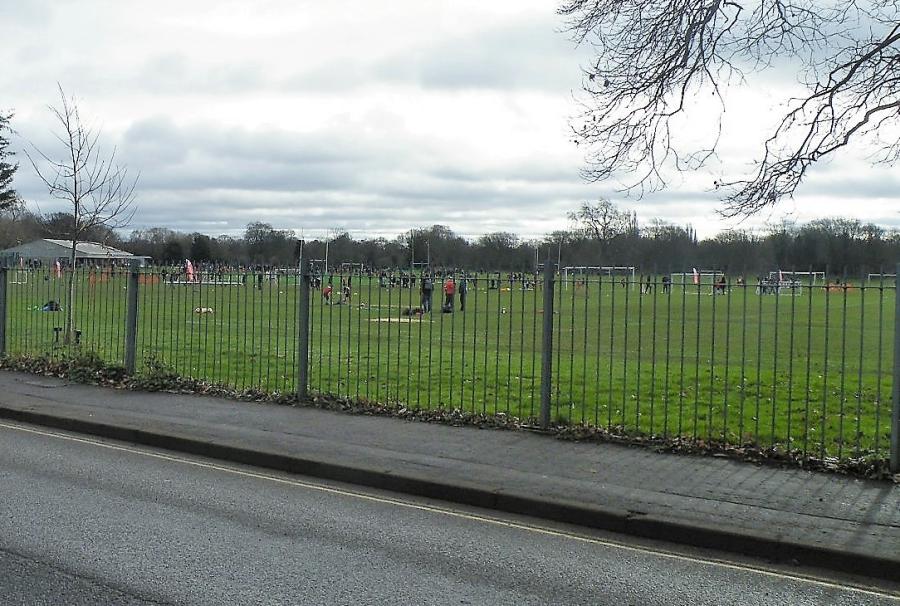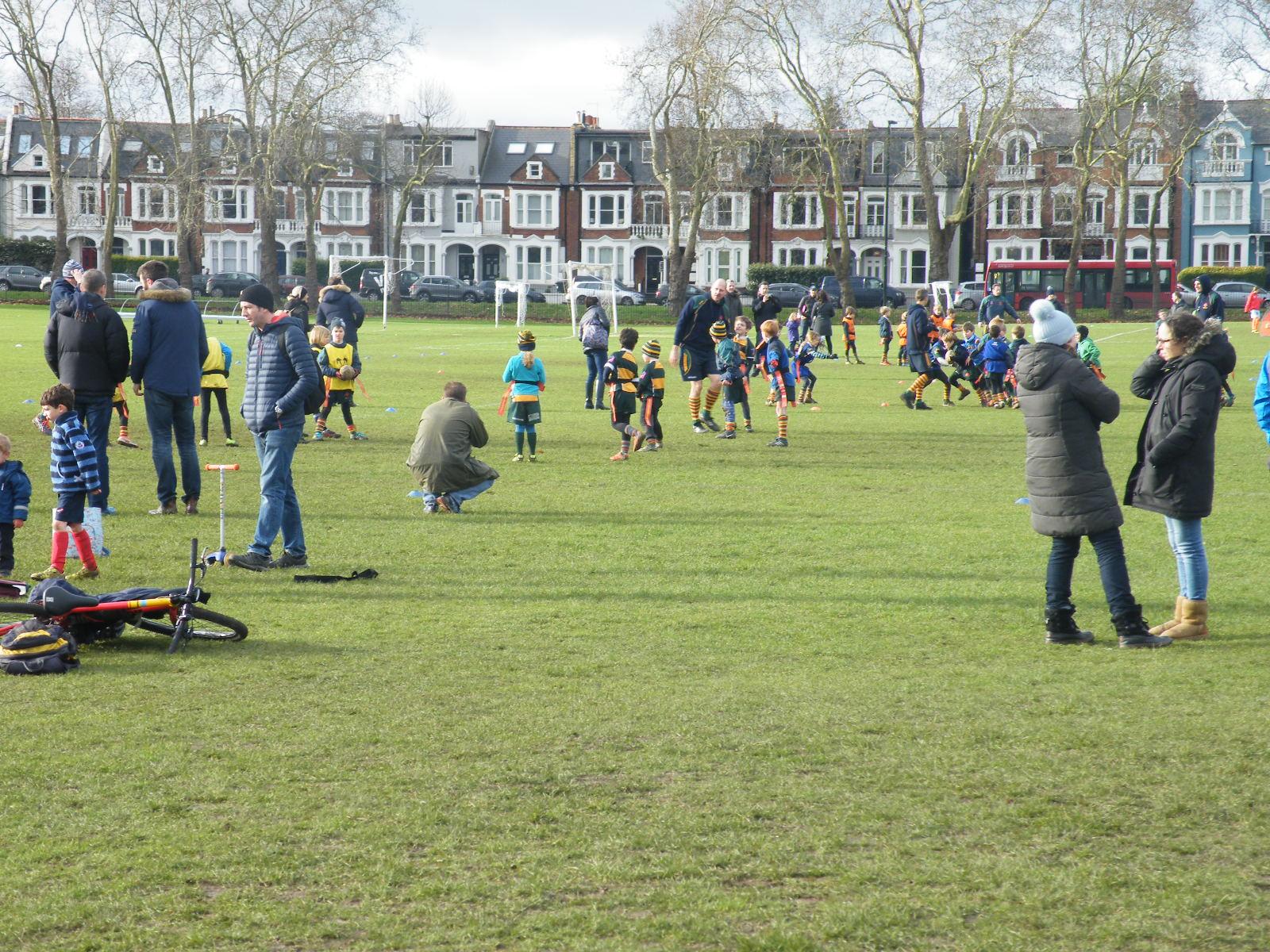William Reginald Herbert is not someone that you would expect to find mentioned in this blog.
Born on St Valentine's Day 1841, he grew up to be Monmouthshire's Master of the Fox Hounds and one of the earliest polo players in Great Britain. In 1878 he rented Ranelagh House Fulham with its attractive riverside grounds, hoping to establish a new gathering place for London's well-heeled elite right next to the Hurlingham Club (of which he was a founder member).
After six reasonably successful years the lease expired and Herbert moved the Ranelagh Club across the river to a 500 acre site at Barn Elms, but some of the Fulham facilities remained available for hire.
In 1886 Fulham St Andrew's FC rented a pitch there. It was the first time that the club had a private ground, and its location next to Putney Bridge Station was extremely convenient; as was the Eight Bells pub, which provided a changing room.
Alex White, the club's historian, has unearthed a sketch of a clay pigeon shoot at the Fulham Ranelagh (it was another of Herbert's pastimes). I hope the shooting did not coincide with any football match.
Anyway the ground proved lucky for the Saints, who won the West London Association Cup there on Saturday 19 February 1887.
After two seasons the team moved across the Thames hiring a pitch at the Ranelagh Club's new location, Barn Elms. In search of information about that Ranelagh I recently made my first ever visit to the London Borough of Richmond's Local History Library.
As is so often the case these public archives are superbly administered, and the staff could not have been more helpful.
After 90 minutes of poring over maps and press cuttings I found a brightly coloured plan, dated 1894, that marked out the area allocated to football.

After getting changed at the Red Lion Castelnau, the St Andrew's players used the adjacent entrance to the Ranelagh where the long driveway led to the boating and fishing lake and beyond to the sumptuous clubhouse.
The footballers saw little of that luxury because they turned off the drive to the right and walked across the golf course to their pitch.
That driveway, designed for the carriages and limousines of the upper class, is now Queen Elizabeth Walk, open to all: leading on the left to the Wetlands, and on the right to the playing fields. The golf course is no more, and the boating lake has been drained.
Fulham St Andrew's stayed for only one season, but during that time they made the historic decision to shorten the club's name to Fulham FC. Queens Park Rangers were also there briefly.
Maps of Ranelagh Club produced later than 1894 make no mention of football. With four polo pitches and many other facilities, soccer had probably been crowded out.
The Ranelagh was at the height of its popularity in the period leading up to the First World War. Membership was expensive, and restricted to those already belonging to Athenaeum or a similar club for the gentry.
Among many gala occasions was a hot air balloon race, in May 1907. Competitors included Major Baden-Powell, Charles Rolls, Thomas Sopwith, Mr and Mrs Jonathan Moore-Brabazon and (one FFC link at least) Arthur Cory-Wright, the brother in law of the Rev Monty Hall, Fulham's former full-back.
The Ranelagh closed in 1939 and despite attempts to revive it after the Second World War the site was acquired to serve a much wider public.

The views expressed in this blog are those of the author and unless specifically stated are not necessarily those of Hammersmith & Fulham Council.
Want to read more news stories like this? Subscribe to our weekly e-news bulletin.

